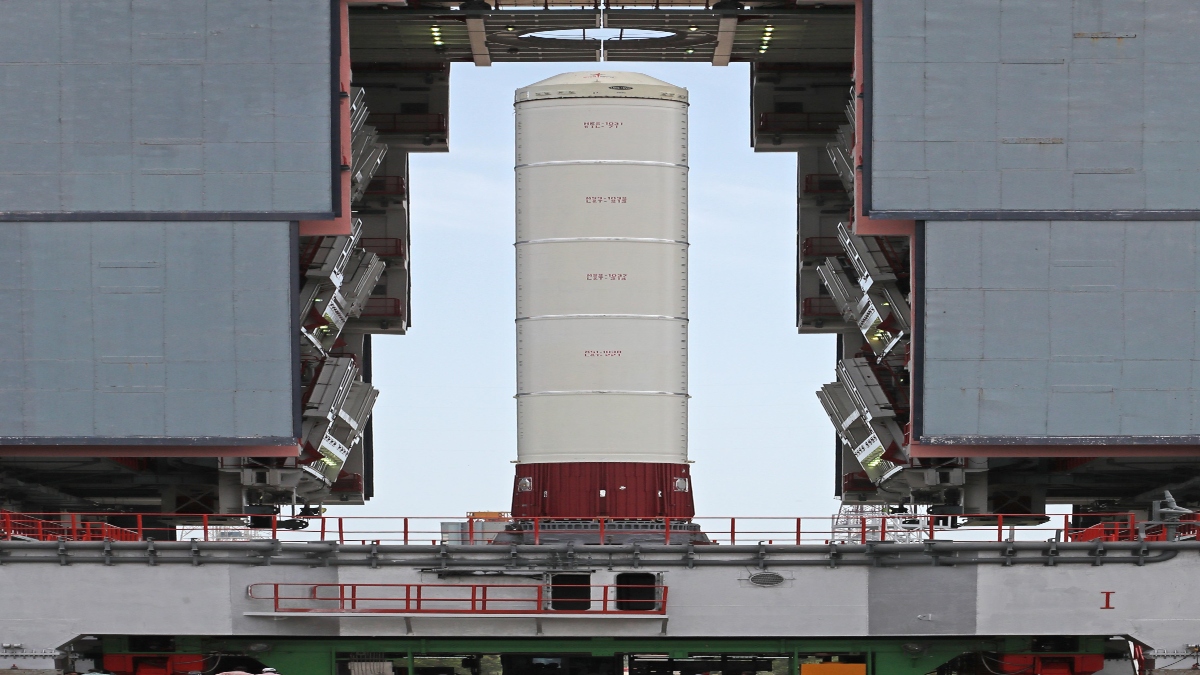


The Indian Space Research Organisation (ISRO) is all ready to launch the communication satellite CMS-01 onboard the Polar Satellite Launch Vehicle (PSLV-C50). This launch is scheduled on December 17 from the Satish Dhawan Space Centre at Sriharikota. This will be the 42nd communication satellite launched by the agency.
CMS-01 will be the first in a new series of communication satellites by India after the INSAT and the GSAT series. It is a communication satellite which will be used for providing services in Extended-C Band of the frequency spectrum. The Extended-C Band coverage will include the Indian mainland, Andaman-Nicobar and Lakshadweep Islands. The satellite will cover this entire area for disaster management and satellite internet connection.
Followed by this, ISRO is geared up towards launching its new rocket, the Small Satellite Launch Vehicle (SSLV) before the end of this year. SSLV is a convenient, small satellite launcher which can be put together in a week, as acclaimed by the Indian space agency. It is a 142kg, 34-metre three-stage rocket powered entirely by solid fuel, the SSLV has been two-and-half years in the making and is capable of launching multiple satellites at different orbits.
The SSLV can carry a 500-kg-payload to low-earth orbit (LEO) and a 300-kg-payload to sun-synchronous orbit (SSO). It is expected to fly on two test launches wherein the first flight, it will carry a military payload, Mircrosat-2A, to showcase its launch-on-demand capability.
The satellite is expected to meet the important and escalating user demands for cartographic applications, urban and rural management, coastal land use and regulation, utilities mapping, development and various other geographic information system (GIS) applications. It will mainly be used for commercial launches by ISRO.